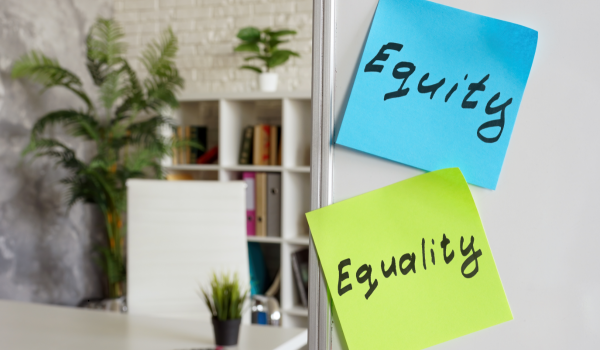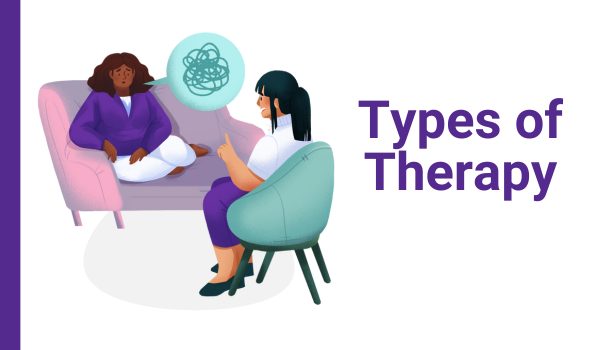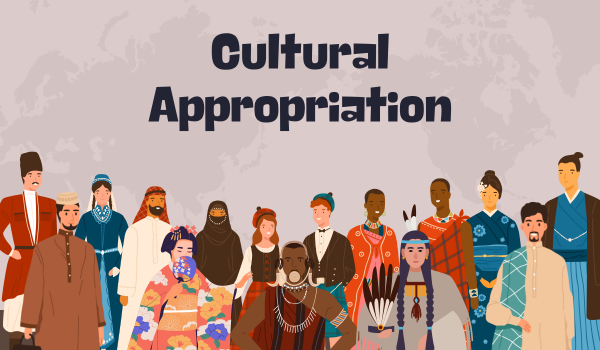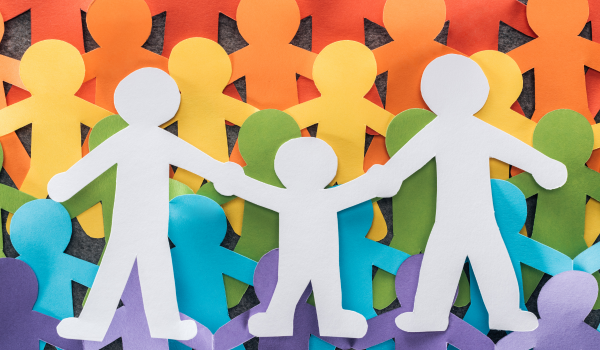Equity and Equality: Understanding the Difference

Equity vs. Equality: Key Concepts
Although often used interchangeably, equity and equality represent two distinct ideas.
-
Equality means distributing resources evenly among people, regardless of individual needs.
-
Equity means allocating resources based on individual needs to ensure fairness and justice.
Equity programs aim to "level the playing field" so everyone has a fair opportunity to succeed.
What Does Equality Mean?
Equality refers to giving everyone the same access to resources. However, treating everyone the same doesn’t guarantee equal outcomes.
For example, imagine three people of different heights trying to see over a fence:
-
Equality: Each person gets one box to stand on. The shortest person still can’t see over.
-
Equity: People receive different numbers of boxes based on need, so everyone can see equally.
This visual demonstrates why equality alone isn't always enough.
Why Is Equity Important?
You can't achieve true equality without first addressing inequities.
Equality assumes everyone starts at the same place and has the same needs — but that's rarely true.
Equity recognizes that some people require more support due to systemic disadvantages based on factors like race, disability, gender, or socioeconomic status.
Examples of Equity vs. Equality
| Equality | Equity |
|---|---|
| A company gives every employee a laptop, but not everyone has Wi-Fi . | The company provides laptops and Wi-Fi access to employees who need it. |
| An event flyer is printed only in English. | Flyers are printed in multiple languages to reach everyone. |
| Flu shots are offered, but many can’t afford them. | Free clinics are set up in low-income areas to provide vaccinations. |
Equity focuses on providing the right resources so that everyone has a fair chance to succeed.
How Equity Works in Practice
Efforts to promote equity span fields like education, healthcare, and employment. For example:
-
Health equity initiatives aim to eliminate barriers like lack of transportation, food insecurity, and unaffordable healthcare.
The U.S. Department of Health and Human Services (HHS) promotes equity by expanding access to clean drinking water, improving data collection for LGBTQ+ communities, and reducing healthcare costs for people with disabilities.
How You Can Promote Equity
While policy plays a significant role, individuals can also make a difference:
-
Reflect on who may be disadvantaged in your school, workplace, or community.
-
Offer support, friendship, and advocacy to marginalized groups.
-
Use your influence to amplify underrepresented voices.
-
Fund programs or initiatives that promote fairness.
-
Raise awareness about the difference between equity and equality.
Small actions, like being an ally or supporting equity-based programs, can create meaningful change.
A Quick Review
Equality gives everyone the same resources.
Equity distributes resources based on individual needs to help everyone thrive.
Both concepts are vital, but achieving true fairness often requires focusing on equity first.
By supporting equitable practices, you help build a society where systemic barriers are dismantled, and opportunities are genuinely accessible to all.

















.webp)
.webp)
.webp)



